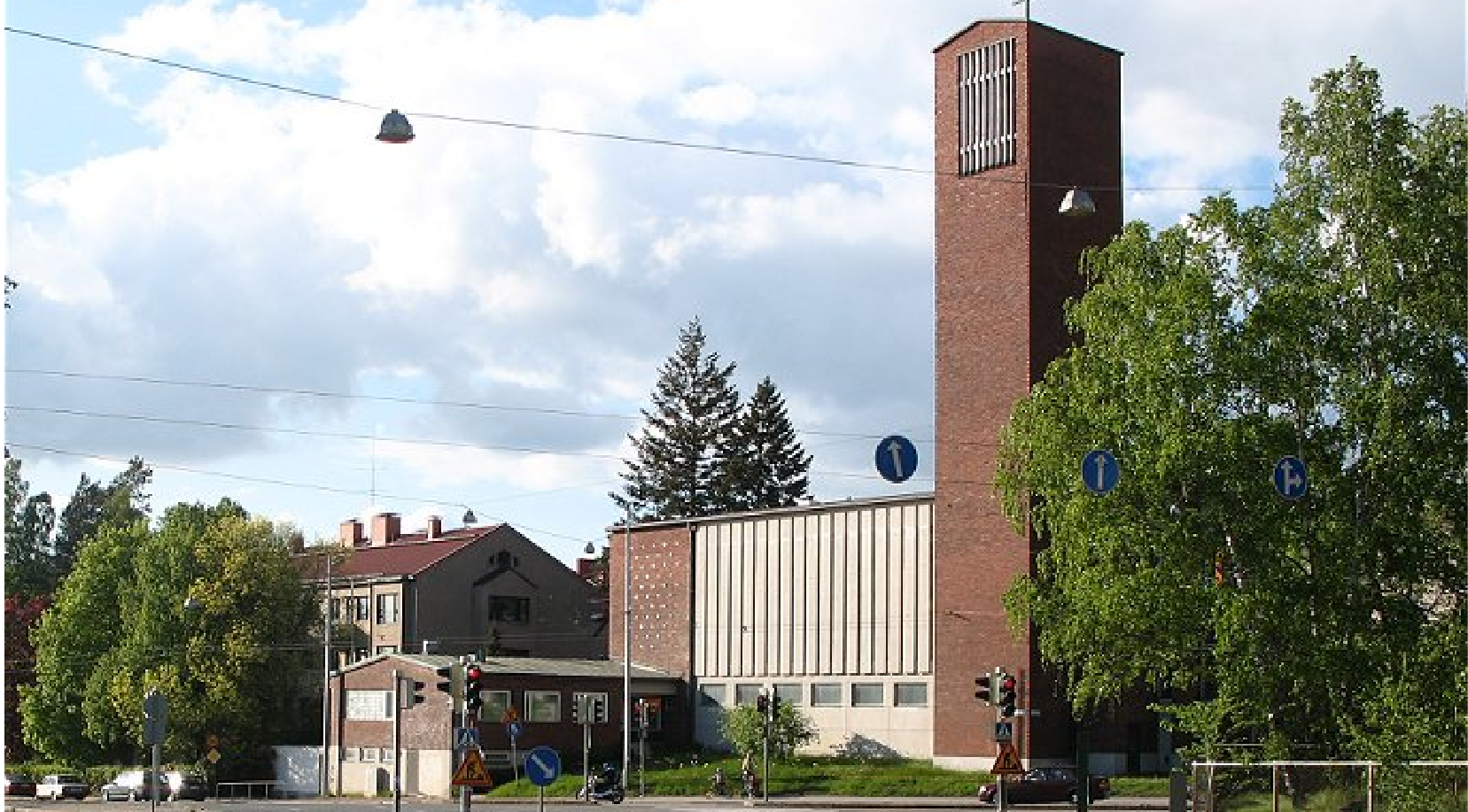(ZENIT News / Helsinki, 08.23.2024).- In a move that has sparked concern among traditionalist Catholics, the Vatican has ordered the relocation of Finland’s only Traditional Latin Mass (TLM) from its current location in the capital’s main cathedral to a smaller, more modern church. The Diocese of Helsinki announced on August 9 that, starting in September, the Latin Mass will no longer be celebrated at St. Henry’s Cathedral but will instead take place at St. Mary’s Church, following directives from the Vatican.
The decision, as communicated by the Dicastery for Divine Worship, is rooted in the Vatican’s view of St. Henry’s Cathedral as a «model for the entire local church» and a «sign of unity.» This rationale implies that the cathedral, as a symbol of ecclesiastical cohesion, should not host the Traditional Latin Mass, which has been a point of contention within the broader Catholic Church.
The Latin Mass had been celebrated at St. Henry’s Cathedral since 2007, following Pope Benedict XVI’s motu proprio Summorum Pontificum, which encouraged the wider use of the pre-Vatican II liturgy. St. Henry’s, a neo-Gothic structure built between 1858 and 1860, originally served the needs of Catholic soldiers in the Imperial Russian Army, at a time when Finland’s Catholic population was minimal. The cathedral’s exterior features statues of St. Henry, Finland’s patron saint, as well as St. Peter and St. Paul, underscoring its historical and spiritual significance.
The new venue, St. Mary’s Church, is located over five kilometers from the cathedral and was constructed in the 1950s with a modern architectural design. This shift to a less prominent location comes as a blow to those who value the traditional liturgy, especially in a country where Catholics number fewer than 20,000 and the availability of the Latin Mass is already extremely limited.
The move is seen within the context of broader restrictions imposed on the Traditional Latin Mass following Pope Francis’s 2021 motu proprio Traditionis Custodes, which aimed to curtail the use of the old rite. Since the motu proprio’s release, the Vatican has been tightening regulations on diocesan Latin Masses globally. According to the Vatican’s liturgical office, only 57 parishes worldwide were granted permission to offer the Traditional Latin Mass in 2022.
The Vatican’s reasoning for the relocation—citing the cathedral as a «sign of unity»—highlights the ongoing tensions between the Vatican under Pope Francis and segments of the Catholic community that favor the traditional liturgy. This latest decision is likely to deepen concerns among those who feel increasingly marginalized within the Church for their preference for the ancient rite.
Thank you for reading our content. If you would like to receive ZENIT’s daily e-mail news, you can subscribe for free through this link.



